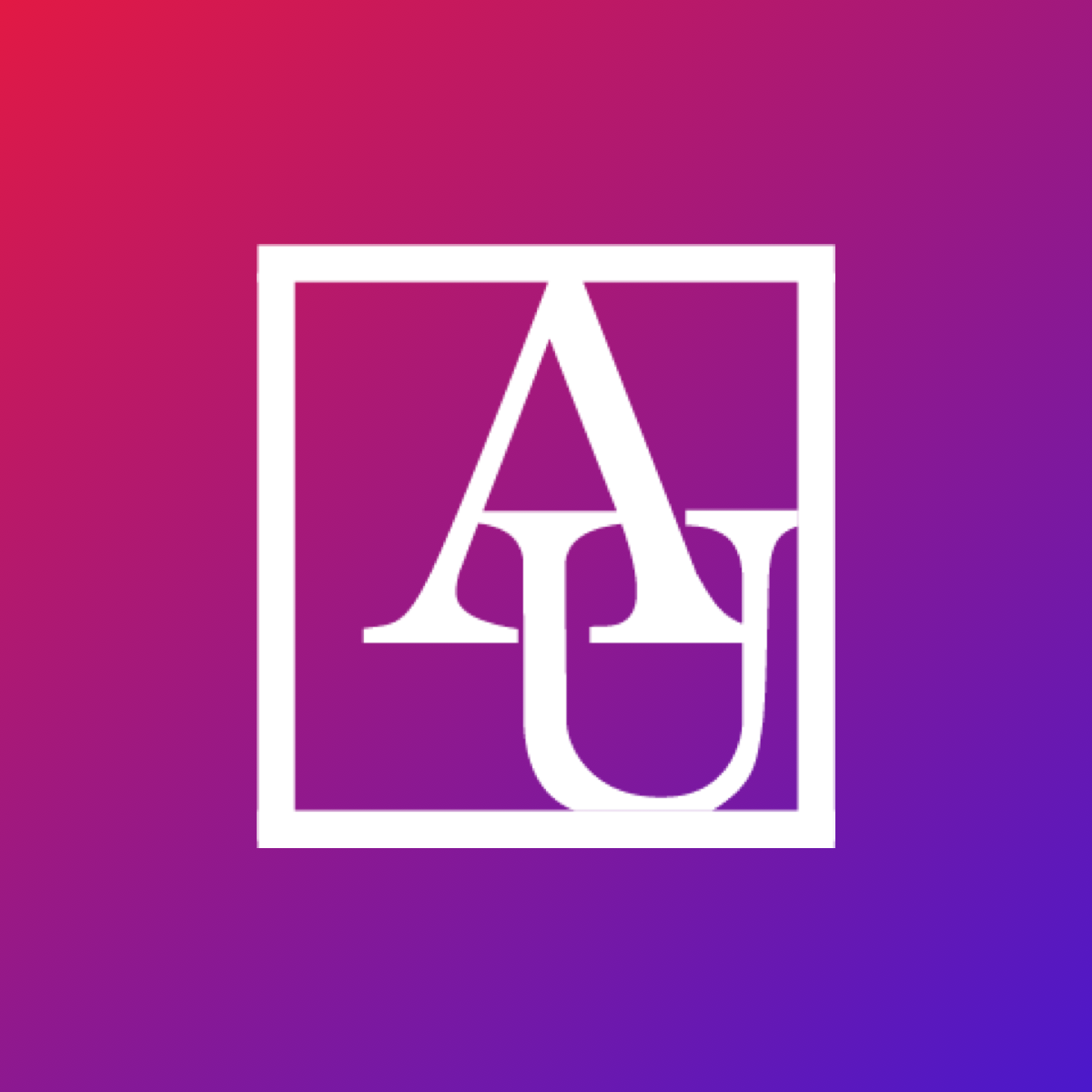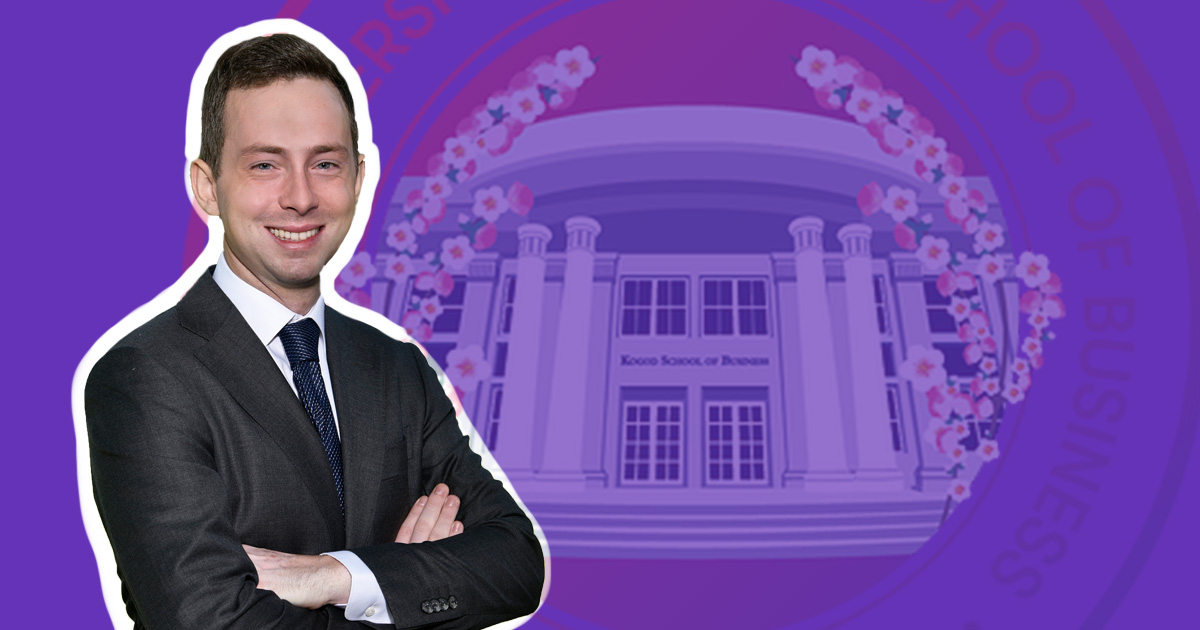
Jamie McCrary
Public lending markets, specifically the Small Business Association’s (SBA) loan programs, remain a critical source of capital for US small businesses. With 90 percent of businesses categorized as small to mid-sized—and one out of three shuttering due to lack of finance—equitable funding opportunities help advance the entire business community.
According to David Stillerman, Kogod’s new professor of finance, SBA initiatives like the Paycheck Protection Program (PPP) and 7(a) Program may actually contribute to inequities and financial insecurity for small businesses.
“The policy structure of these programs may benefit high-risk businesses over low-risk because of how banks are incentivized,” says Stillerman. “This means more enterprises are likely to default on their loans—making it more difficult to support equitable access to funding.”
In his recent research, Stillerman, who earned his PhD in economics from Northwestern University, proposes potential policy interventions to mitigate these imbalances, like issuing less generous loan guarantees that keep banks accountable. He wants to ensure small businesses have equitable funding access so companies of all types and backgrounds can thrive.
Read on to learn more about Stillerman’s work and why policy change can help drive equitable change.
Kogod School of Business: One of your core research areas is small business lending markets, specifically government loan programs like Paycheck Protection Program (PPP) and the Small Business Administration’s 7(a) program. What makes these initiatives important to examine?
David Stillerman: The goal of these programs, especially the 7(a) program, is to expand credit for small businesses that are traditionally pretty credit constrained: Think your local store, corner grocery, or small daycare. By expanding credit, small businesses can also expand employment and address market failures that would otherwise hinder businesses’ ability to access funding. This can ideally help to create a more diverse, equitable, and innovative sector by ensuring businesses of all types and backgrounds have the opportunity to thrive.
The problem is, though, these government lending programs also provide incentives for banks to shirk on screening; there’s less incentive to determine which are quality small businesses.
Our research shows current policies may benefit higher-risk small businesses while potentially harming lower risk."

David Stillerman
Kogod Professor
So less financially stable businesses can gain access to resources to grow over more sustainable businesses. What exactly does this mean for our economy?
Exactly. As riskier borrowers receive better terms than they would have absent the guarantees, they make up a greater share of the borrower pool. This means more businesses are likely to default on their loans—an issue for businesses and banks. This impacts the overall health of our communities and could potentially limit the future availability of funds, making it more challenging to support equitable access.
Can you share an example of how this shows up in policy?
Take the SBA 7(a) program, the main loan guarantee program implemented by the US Small Business Administration. This program insures banks against default risk by covering a percentage of the remaining loan balance if the business defaults. This policy structure can easily distort lending and screening incentives since banks’ profit-maximizing decisions may not lead to the best business outcomes. Similar broad-based guarantees were employed in the Paycheck Protection Program (PPP), a sizeable loan-forgiveness scheme implemented to help small businesses sustain employees during Covid-19.
What’s the solution?
It’s all about crafting policy to align incentives better. In our research, we suggest alternative policies to provide expansionary credit incentives while also ensuring banks have reason to distinguish between high- and low-risk borrowers. So, policies should still provide incentives to expand credit but limit reasons not to successfully screen small businesses.
The starting point is understanding how some of these incentives lead to market distortions, which we outline in our research."

David Stillerman
Kogod Professor
One way to lead this change is through less generous loan guarantees. This keeps banks on the hook if a small business fails; there is more shared responsibility in the case of a default. Paired with an upfront subsidy, banks are also incentivized to lend to businesses that wouldn’t otherwise receive funding. Think of it as putting more skin in the game for banks.
You also research mergers and acquisitions in US retail. What would you say is the common theme connecting all your research?
Market power in the economy and how it influences the efficacy of policy interventions. I’m very interested in examining how businesses strategically set prices, given the demand conditions and cost structures they face—and what this means for the welfare of consumers (or businesses). This is important when considering the impact of mergers and analyzing the effect of the lending programs I discussed earlier. The extent of a bank’s market power determines its profit-maximizing pricing decisions—which directly influences the depth of information they collect on businesses when considering a loan.
What’s next for you?
I’m interested in thinking through how market power and government policy interact to influence access to creditoutside of the small business context—maybe for other types of entrepreneurial finance. There are a lot of questions on government intervention’s impact on entrepreneurship, so there are definitely some broader themes to explore. I’m also interested in the private equity space, which is a hot business topic right now.
Learn more about Professor Stillerman and his work on his website.
